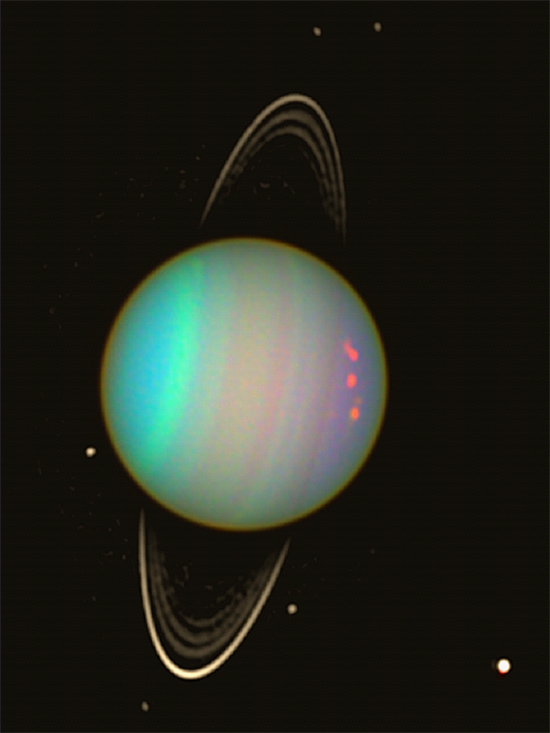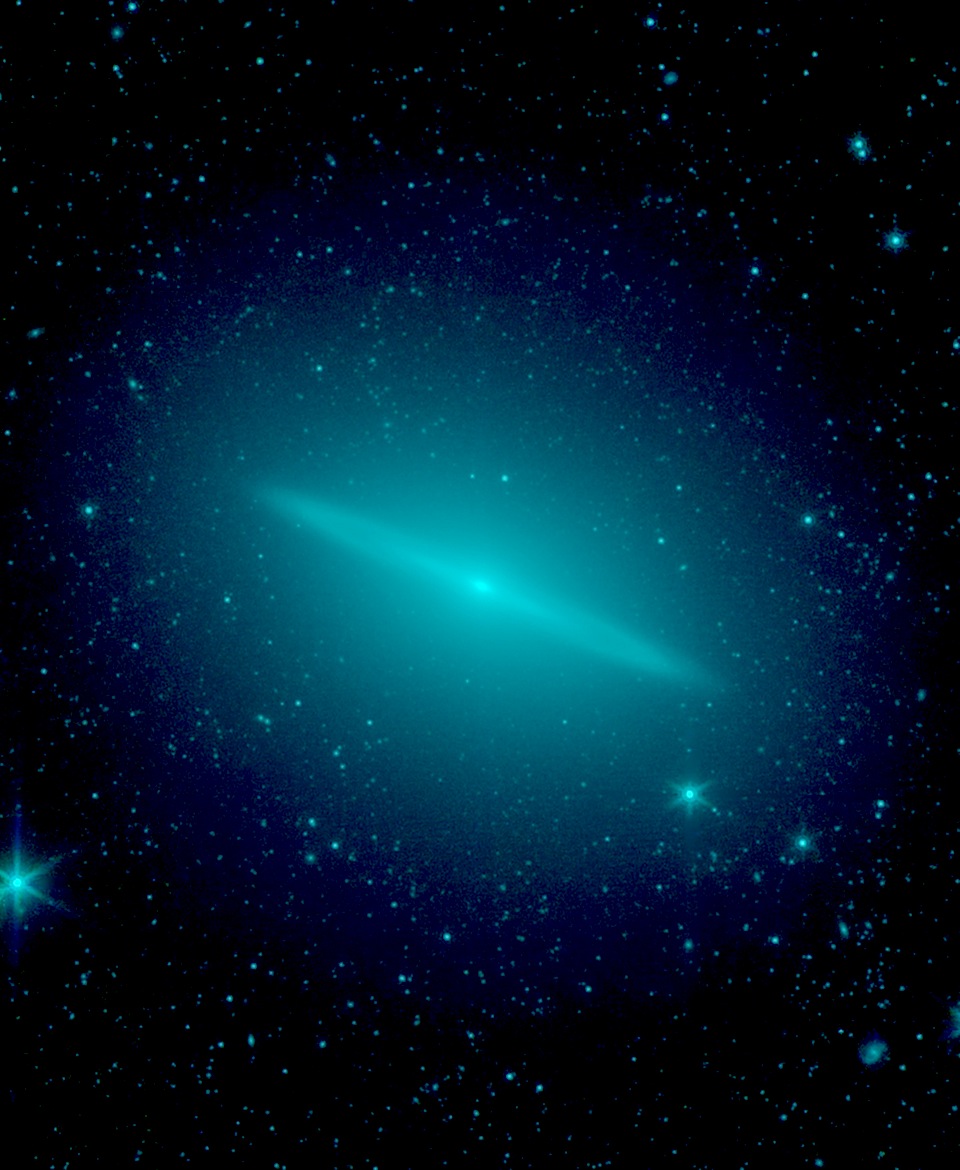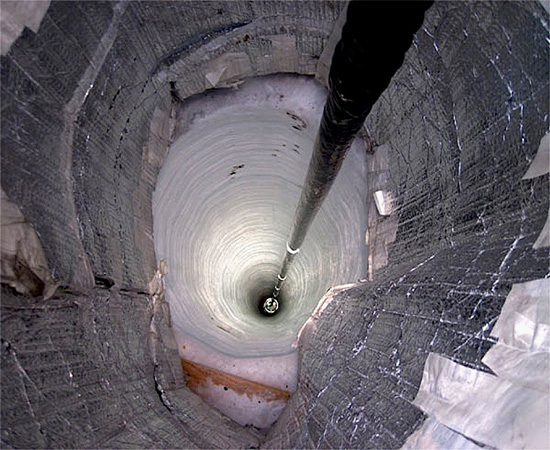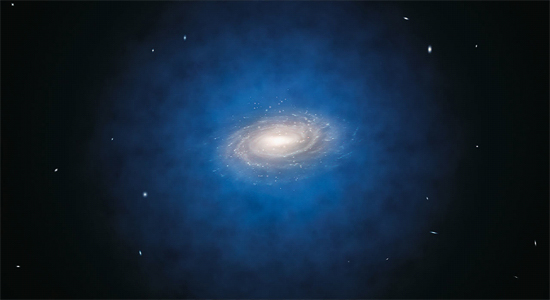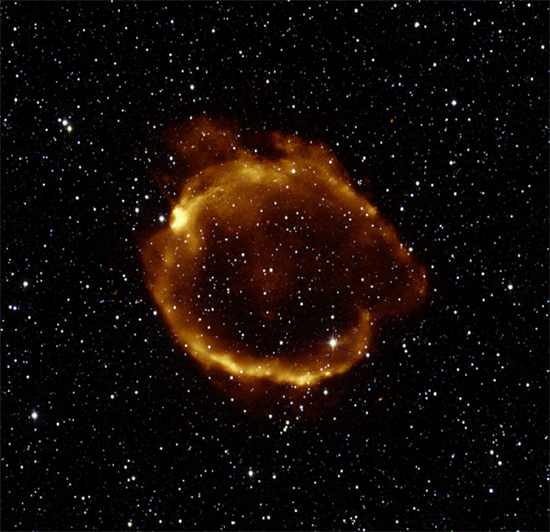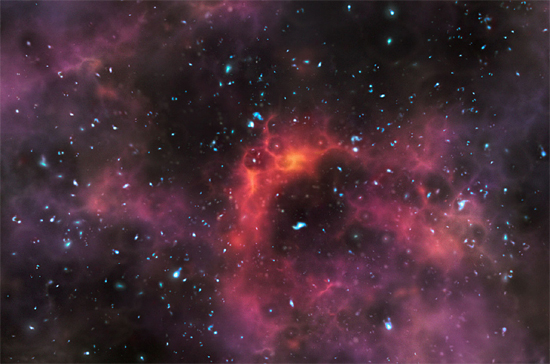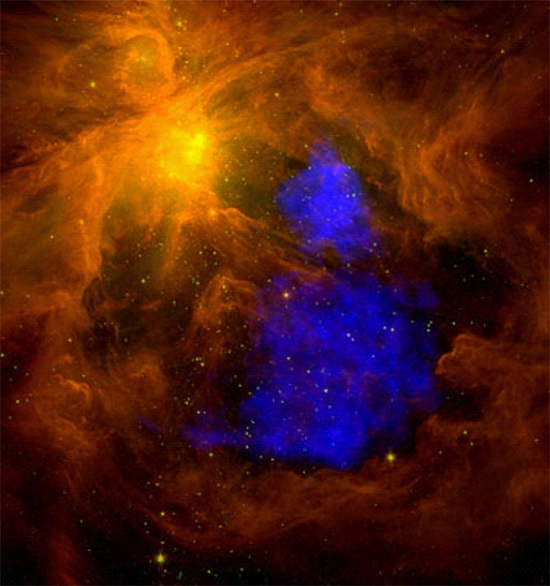Daughter of Heaven
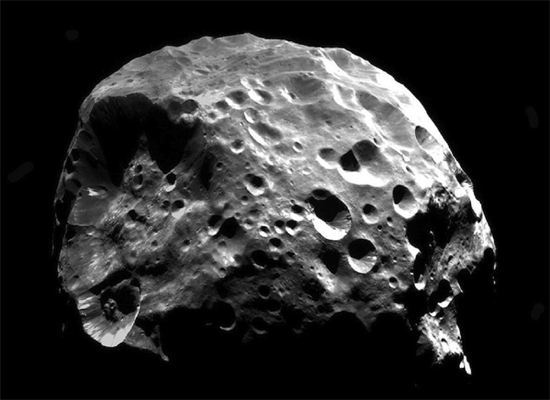
Original Post May 16, 2012 Recent analyses suggest that Saturn’s moon Phoebe resembles a planet. Saturn’s moon Phoebe is comparatively small, roughly 220 kilometers in diameter. Its surface gravity is 0.224m/s^2, compared to the 9m/s^2 on Earth. Phoebe is also as black as night, making it one of the darkest…





